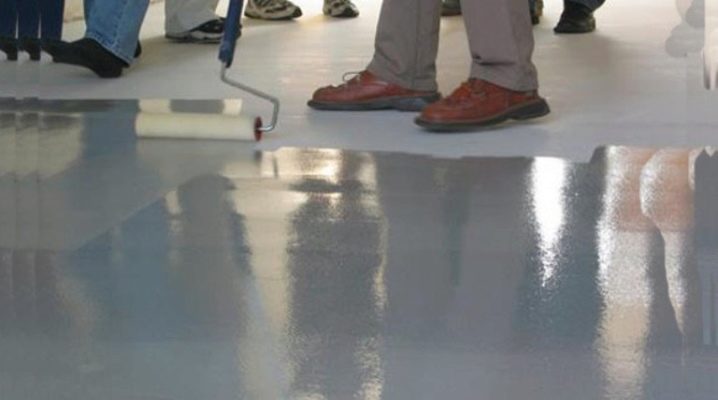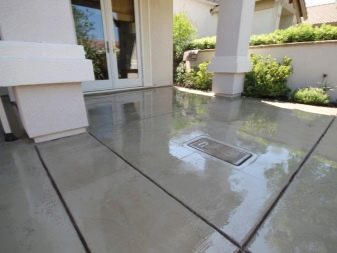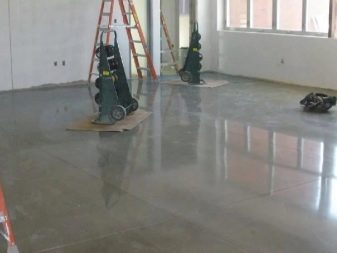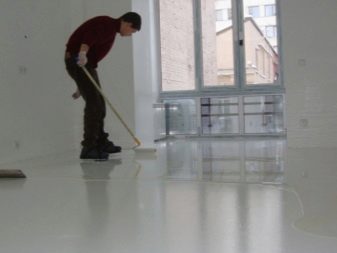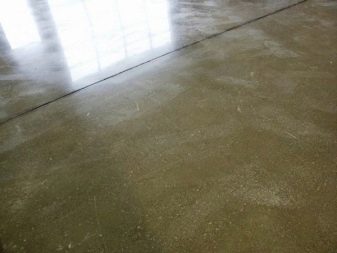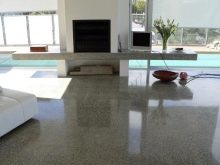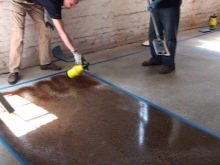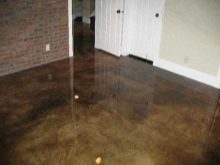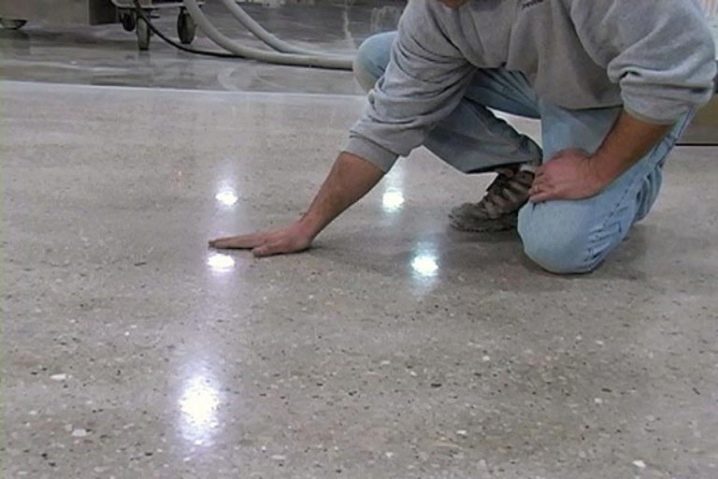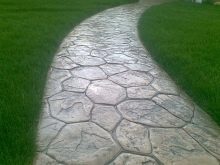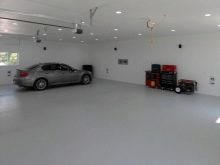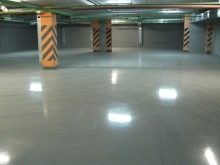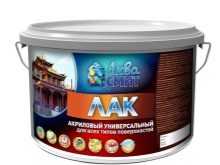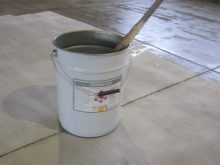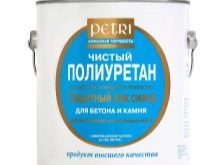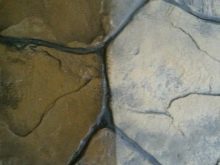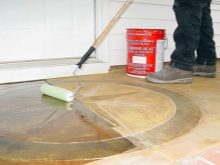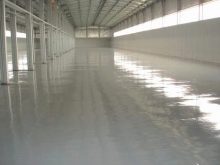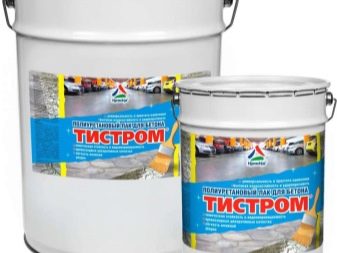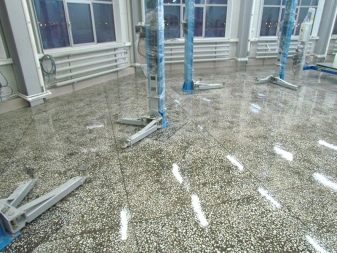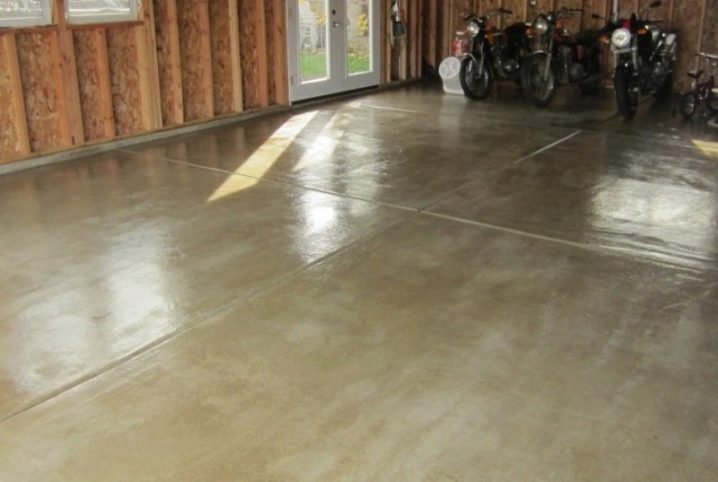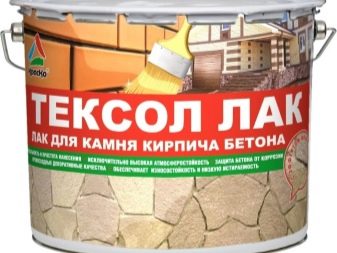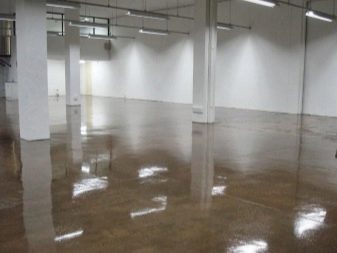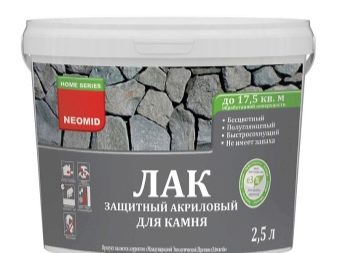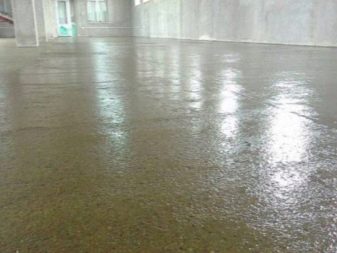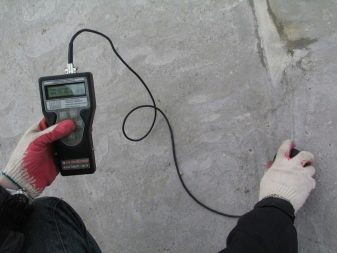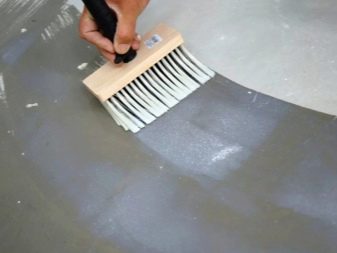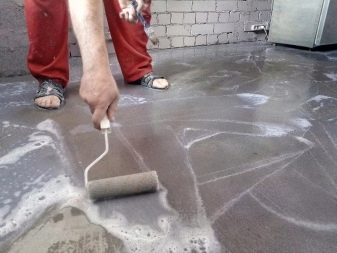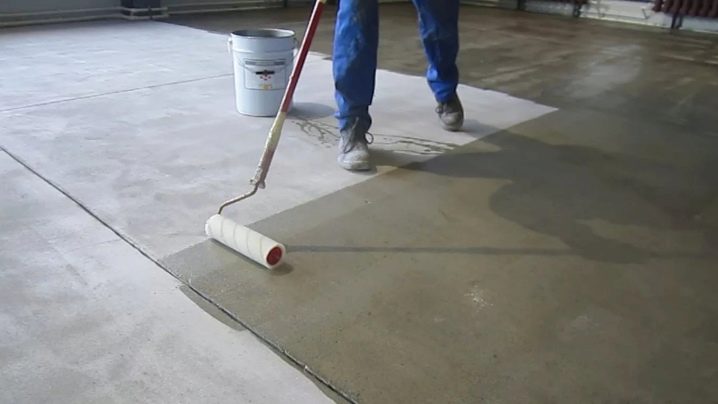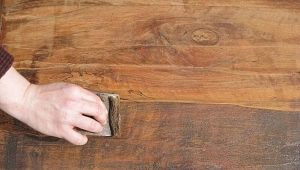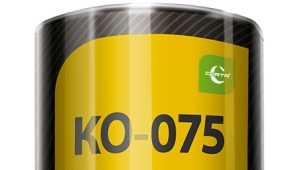Varnish for concrete: types and features of application
Concrete products must be protected from various damages. One of the best materials for this is concrete varnish. Choosing the right product, you need to navigate in its varieties and intricacies of use.
Special features
There are many types of varnish, differing in different properties. It can be a high-temperature lacquer for surface treatment or high wear-resistant, fire-resistant or moisture-resistant. However, each type has characteristics inherent in this material.
Consider the main features of varnish.
- Easy to apply. This important feature allows you to cover the surface quickly, without spending a lot of time.
- Versatility of use. This varnish is suitable for processing not only concrete, but also bricks, for example.
- Durability. All types of varnish provide the surface being treated with durability and resistance to various kinds of damage.
- Decorative. Any kind of material gives the surface an attractive appearance.
Concrete is one of the main building materials in the modern world. Large structures and small walls are erected from it, the floor is poured over it and various surfaces are trimmed. But its surface in its raw form is vulnerable. It can crumble, be chipped due to mechanical stress, dust.
A special varnish for concrete helps to cope with this. It is used after pouring, complete drying and the acquisition of concrete strength. Processing varnish concrete surface greatly improves the quality characteristics of the material. Concrete surface gets protection from moisture and temperature changes, it becomes more durable and durable.
Most often, concrete lacquer is used for fencing of concrete walls, in parking lots or car parks, at work, on sidewalks or street screeds that are exposed to rain, snow, or temperature changes.
Concrete screed, having a varnish, is much more durable than untreated. The service life of the concrete surface is significantly increased. It acquires resistance to abrasion and low temperatures. The surface protected by varnish composition looks much more attractive.
There are also separate classifications according to the degree of fire resistance or color. However, like all other types, it is literate to classify varnish for concrete on its basis.
Kinds
It is customary to distinguish three main types of varnish.
- Polymeric. One of the most popular for indoor and outdoor use. Makes the treated surface durable and durable. It does not require a long time to dry, it is quite simple to use.
- Polyurethane. Very similar in quality characteristics with a polymer look. Its main advantage is high moisture resistance. That is why the main use received in conditions of high humidity. Not bad for street work, processing saunas, swimming pools, garden paths, sidewalks.
- Acrylic or silicone. The main difference from the above described types consists in their decorative effect.They are mainly used for interior work in an apartment or a private house. Sufficiently expensive materials, do not use them for the street. Well cope with the tasks, strengthen the surface, further increase its moisture resistance.
All of the above types are a classification by type of varnish. By decoration there is also a division into several types: glossy and semi-gloss, matte and semi-gloss. If the first two types are used to create a beautiful coating with the effect of a wet stone, the latter are more suitable for rooms with high maneuverability. For example, airports or train stations. Small scratches on the matte surface are not so striking.
Polyurethane
This type of coating for a concrete surface is the most popular. Strengthening properties and quick, easy penetration into the surface - these are its distinctive advantages. It fills micro cracks, which increases the strength of the concrete screed. It is used together with an impregnation of identical composition, which increases the effectiveness of the varnish itself at times.
Together with it, impregnation is applied for better adherence to the surface. Increases resistance to moisture and wear resistance.This, in turn, significantly increases the service life of the entire coating, whether it is a floor or a wall. This type of varnish is used mainly in street work.
Among other things, the advantage is its reasonable price. Experts most often recommend Tistrom paint products. These compositions are usually used in warehouses, garage boxes, workshops.
The advantages of this type of material are that it is resistant to the effects of oil, chemical oils, process fluids. It is quite simple to use, but it has high decorative indicators. In addition, when wet cleaning the quality of the lacquered surface is not lost. Thanks to them, this varnish is often used to protect the concrete floor at the production sites, in livestock farms, outbuildings.
Polymeric
This view also enhances the quality of the concrete surface, resulting in a coating with excellent performance characteristics. Unlike polyurethane varnishes, the polymer repels moisture more and resists aggressive external environments.The surface after processing acquires increased strength and durability. Separately, it is worth noting the rate of drying, which allows in a short time to handle large areas.
The basis of the manufacture of such varnish is styrene, which gives the treated surface additional resistance to chemicals and high strength. The most common material is "Texol" - polymer varnish for stone and concrete. In addition to these qualities, well protects against corrosion. In construction, it is most often used in the treatment of paving stones, brick borders, and decorative elements. "Texol" increases the time of use of the coating, it is easy to apply, resistant to atmospheric effects, almost never erased.
Silicone and Acrylic
These two types are the most expensive compared to peers. But this can be compensated for by the low consumption of compounds per square meter of the treated surface. Painting work can be done without stopping the production process. After processing the concrete surface with this composition, it acquires a matte shade.
Sometimes emit varnish and water-based for concrete.It is usually colorless, often used for decoration. But still this view is preferred to protect the surfaces of wood. There is also an epoxy varnish, which is based on epoxy resins. This composition is two-component and requires mixing before use.
Sometimes there is a special alkyd type of lacquer, but it is not used in the processing of concrete. It is most often used for finishing materials such as wood, hardboard, parquet, and sometimes metal.
Concrete surface treatment rules
To ensure that the lacquer surface lasts as long as possible, should know and apply the basic rules of applying the composition.
- Cleaning up Before applying the varnish on the screed or concrete walls, any surface must be cleaned from dust, debris, salt emissions. Sometimes additional polishing is required in areas of high salt excretion to the surface.
- Control of the level of humidity of concrete. Ideally, it should be no more than 4%.
- Primer. Before applying the lacquer cleaned surface must be primed with special compounds. This will remove the remaining dust particles, increase adhesion to the surface, reduce consumption to a great extent.
- Lacquer preparation. If the varnish is one-component, it can be used immediately. Two-component formulations must be thoroughly mixed, and then proceed to processing.
After the preparation, you can proceed directly to the application. Surface varnish is applied using a paint roller or brush. Sometimes with a spray bottle.
The coating dries for at least 2 hours, sometimes longer. After that drawing 2 layers is allowed, if necessary.
If the second layer is not necessary, then you can walk on the surface after 4-5 hours. A day after application, you can start the technique.
The lacquer coating is an excellent tool that extends the life of concrete products, protects the surface from various influences and gives an additional decorative look. Concrete coating with varnish is not a laborious process, requiring no special knowledge and professional tools. It is only necessary to follow the instructions and follow the rules of the preparatory and main stages.
The choice of material is large enough, everyone can find the necessary of the conditions of the construction process, design features and further operation of the room.
Self-deposition is possible, without the involvement of specially trained people, which saves the owner’s money if it is a personal construction.
The process of applying polyurethane matte varnish on a concrete floor, see below.
